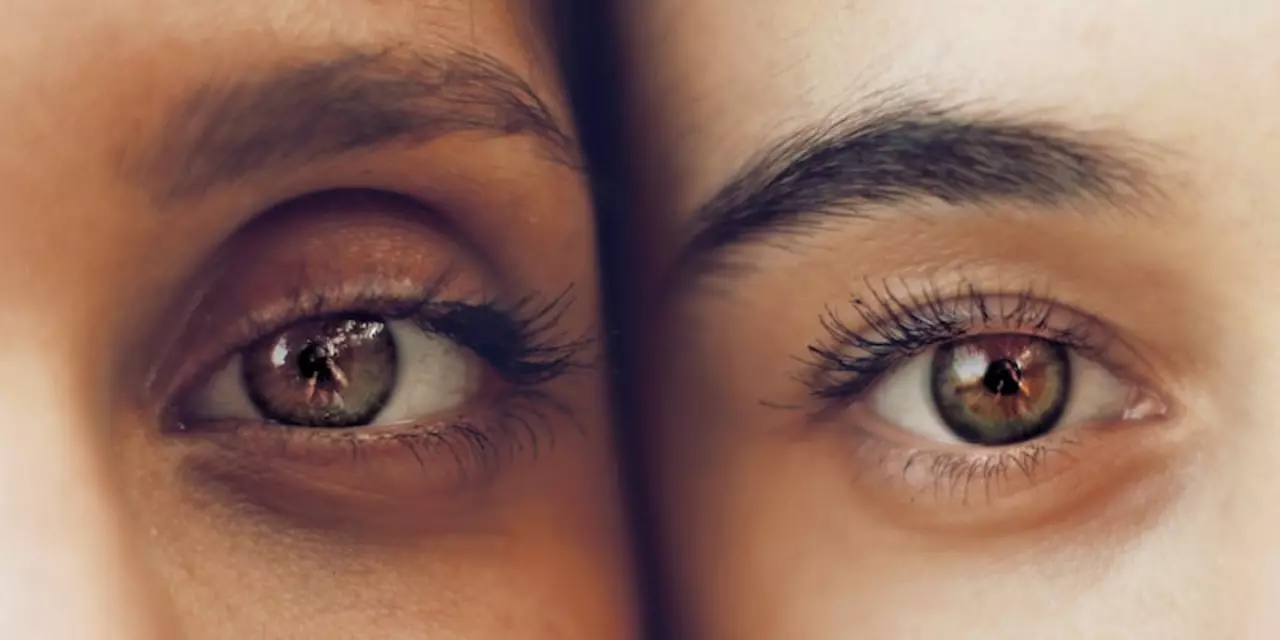Nailing the right shape for your hair or brows doesn’t take a degree in beauty. It’s all about knowing what works, what’s safe, and what will actually make a difference in how you look and feel. Whether you want to fix your bangs, get those brows even, or just learn smart ways to maintain your style, the shaping process can be straightforward if you’ve got the right info.
Start with hair. Shaping a haircut isn’t just about chopping off split ends. The right cut can balance your face, bring out your features, and help hair look thicker or sleeker, depending on your goal. Layering helps add bounce, curtain bangs can frame a round face, and snipping at the right angle helps thin hair look fuller, especially if you have a prominent nose or want to highlight a favorite feature. Consult a stylist if you’re unsure which cut is best for you, or bring photos so everyone’s on the same page.
Eyebrows can take things to a whole new level. The wrong eyebrow shape can throw off your entire look—but a good one opens up your face. Worried about thinning brows or light hair? There are natural methods to darken them, from castor oil treatments to gentle dye kits. Threading, waxing, and tweezing are all fair game—just avoid over-plucking, as regrowth isn’t guaranteed for everyone. If you’ve got sensitive skin, stick to waxes for delicate areas or try facial razors designed for brow shaping. For men who want darker or fuller brows without makeup, options like tinting or growth serums are worth a try.
Don’t forget about safety and aftercare. Whether shaping hair at home or getting a salon service, clean tools matter. Sterilize tweezers and scissors before every use to avoid breakouts and infections. Post-wax or after plucking, dab on some aloe or a calming lotion to soothe redness and keep skin calm. For hair shaping, use a detangling spray or leave-in conditioner to keep strands healthy, especially if you heat-style or color regularly.
Thinking about growing your hair out while keeping it in shape? Regular micro-trims (think every 8-10 weeks) prevent split ends and help hair grow stronger—yes, it’s true, even if you’re scared of losing length. For natural or textured hair, protective styles like twists or braids can maintain shape without daily heat or chemicals, keeping strands from snapping while you work toward your hair goals.
Small changes to your shaping routine can bring big results. Sometimes, it’s as simple as swapping your razor or being gentler when tweezing. If you get a waxing burn, try cold compresses and skip harsh products to avoid scars. Not sure when to book your toddler’s first haircut? Wait until the hair looks uneven or gets in their eyes, then find a stylist who works with little ones—stickers and snacks help too.
So, whether your shaping goals are a new haircut, bolder brows, or just feeling a bit more put together, you don’t need gimmicks. Just practical, no-fuss tips that actually pay off. Simple shifts can make all the difference, turning chaos into confidence—one snip or swipe at a time.

Eyebrow Shaping and Defining Kit is a great way to perfect your brows. This kit contains everything you need to get the perfect shape and definition for your brows. It includes a double-ended brush, brow wax, brow powder, brow highlighter, tweezers, and a mini angled brush. The wax and powder allow you to easily fill in the gaps in your eyebrows and the highlighter gives your brows a beautiful glow. The tweezers and brush help you to groom and shape your brows for a flawless finish. With this kit, you can easily get the perfect brows you've always wanted.